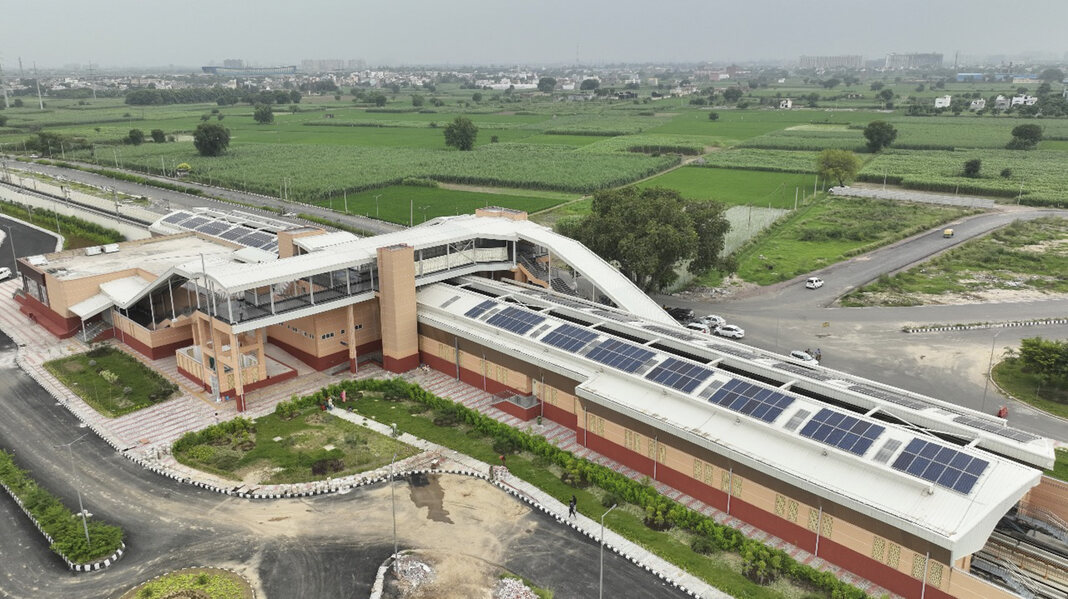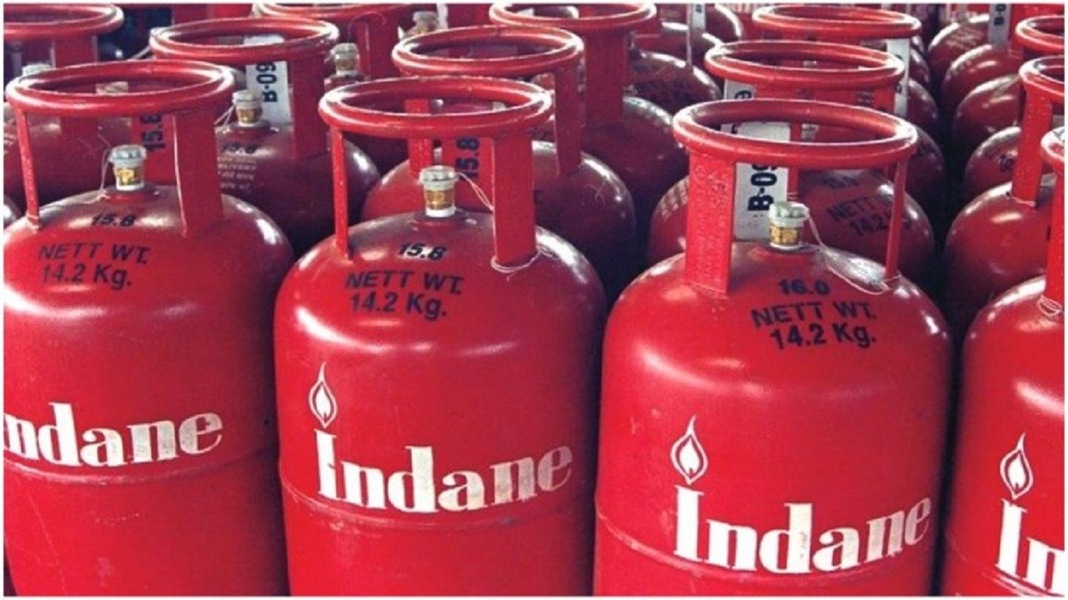
New Delhi, Apr 8: India became the world’s third-largest producer of electricity from wind and solar energy in 2024, overtaking Germany, to according to a new report published on Tuesday.
The sixth edition of global energy think tank Ember’s Global Electricity Review said wind and solar together generated 15 per cent of global electricity last year. India’s share stood at 10 per cent.
The report said low-carbon sources, including renewables and nuclear power, together provided 40.9 per cent of the world’s electricity in 2024. This is the first time the 40 per cent mark has been crossed since the 1940s.
In India, clean sources accounted for 22 per cent of the electricity generation. Hydropower contributed the most at 8 per cent, while wind and solar together accounted for 10 per cent.
Globally, renewables led the growth in clean electricity, adding a record 858 terawatt hours (TWh) in 2024 — 49 per cent more than the previous record in 2022.
Solar was the largest source of new electricity for the third straight year, adding 474 TWh in 2024. It was also the fastest-growing power source for the 20th year in a row.
In just three years, global solar power generation doubled to 6.9 per cent of the electricity mix.
India, too, saw a rapid increase in solar power. Solar contributed 7 per cent of the country’s electricity in 2024, the generation doubling since 2021.
India added 24 gigawatts (GW) of solar capacity in 2024, more than twice the addition in 2023, becoming the third-largest market after China and the US.
It also recorded the fourth-largest increase in solar generation globally, adding 20 TWh.
“Solar power has become the engine of the global energy transition,” said Phil MacDonald, Ember’s managing director. “Paired with battery storage, solar is set to be an unstoppable force. As the fastest-growing and largest source of new electricity, it is critical in meeting the world’s ever-increasing demand for electricity.”
The report, released on Tuesday along with an open dataset on electricity generation in 2024, covers 88 countries that account for 93 per cent of global electricity demand and includes historic data for 215 countries.
Ember’s Asia Programme Director Aditya Lolla said the clean energy transition in Asia is accelerating, led by record growth in solar and other renewables.

“With electricity demand set to rise across the region, a robust clean energy market is crucial for the continued expansion of clean power. This will not only strengthen energy security and economic resilience, but also help emerging countries access the benefits of a new clean energy market economy.”
Neshwin Rodrigues, Senior Energy Analyst at Ember, said India has made notable progress in adopting renewables but now faces a major challenge: ensuring its clean generation grows fast enough to meet rising demand.
Calling India a “solar superpower”, UN climate change chief Simon Stiell in February said that fully embracing the global clean energy boom would accelerate India’s economic rise.
As part of its climate commitments or Nationally Determined Contributions (NDCs) submitted to the UNFCCC in 2022, India aims to achieve 50 per cent of its installed electric power capacity from non-fossil fuel sources by 2030.
In 2021, the country also announced a goal of achieving 500 GW of non-fossil fuel capacity by 2030.
While this target was not officially included in India’s updated NDCs, it remains a key guiding reference in national energy planning documents, including the 14th National Electricity Plan.
The report from Ember in February said India will fail to deploy 500 GW renewable energy capacity by 2030 if the funding is not increased by 20 per cent annually from current levels. (PTI)





